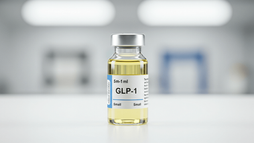

Exploring Ways to Treat Liver Cancer: A Holistic and Medical Perspective
Explore how medical and holistic methods work together to support effective liver cancer treatment and improve overall health.


Patient Experience & Medical Billing Services: Earning Trust by Making Things Straight
Discover how clear communication and ethical practices build lasting trust between patients and providers.


How Family Fitness Promotes Healthy Generational Habits
Explore the concept of family fitness: a fun way to bond while promoting health and happiness for all ages.


Is it possible to microdose with GLP-1 meds?
Discover how microdosing with GLP-1 meds can manage appetite and support blood sugar. Learn about the benefits and strategies of GLP-1 meds.


Tailored Care Management: A New Approach to Health
Explore tailored care management and its importance in creating personalized healthcare solutions for each patient and family.




